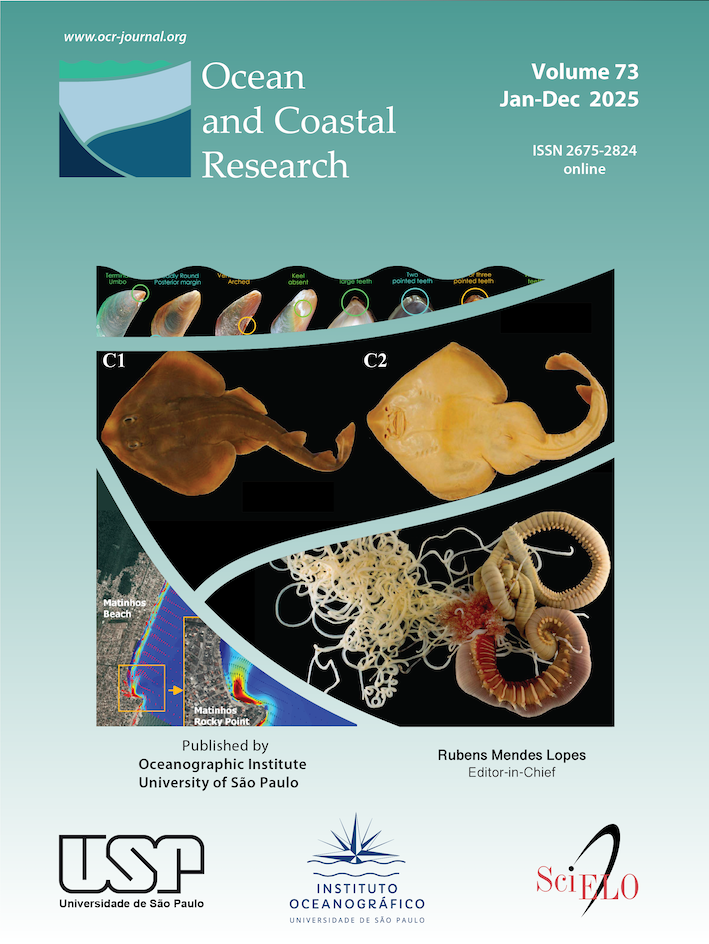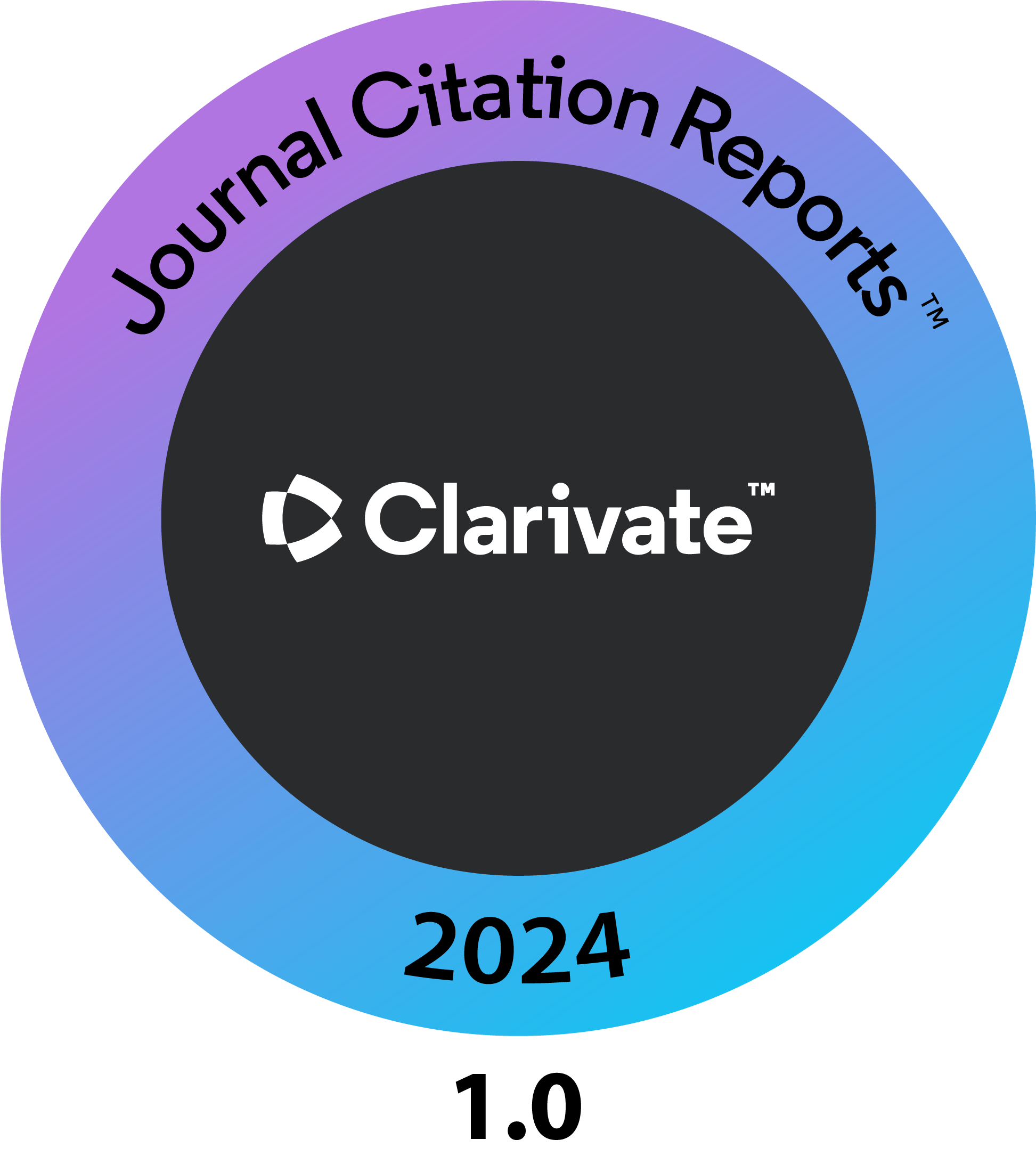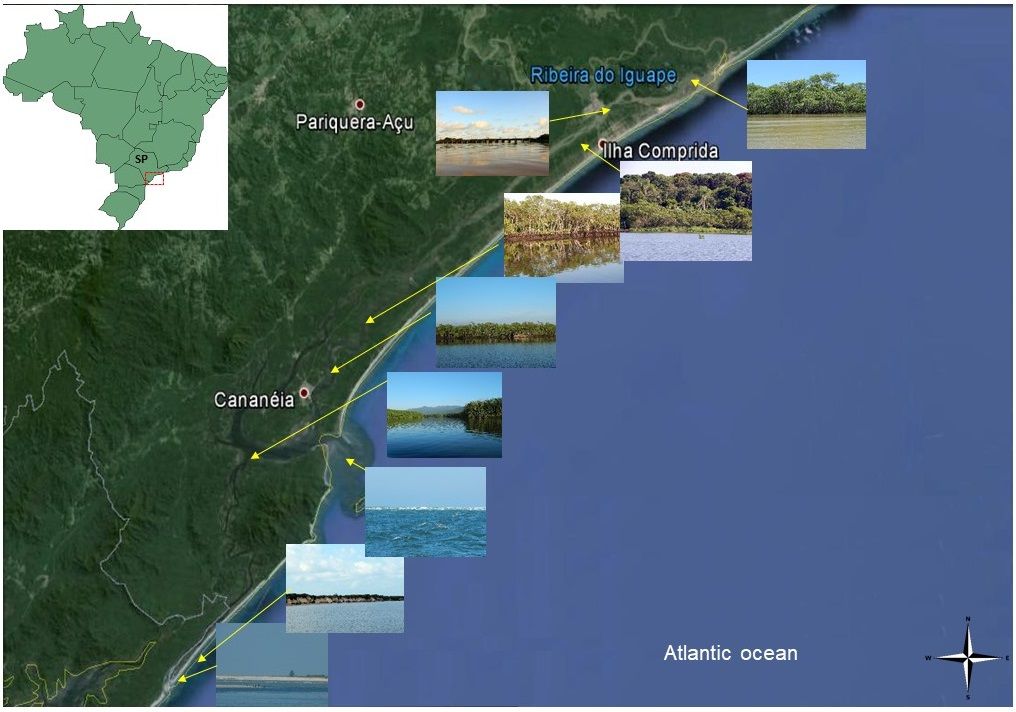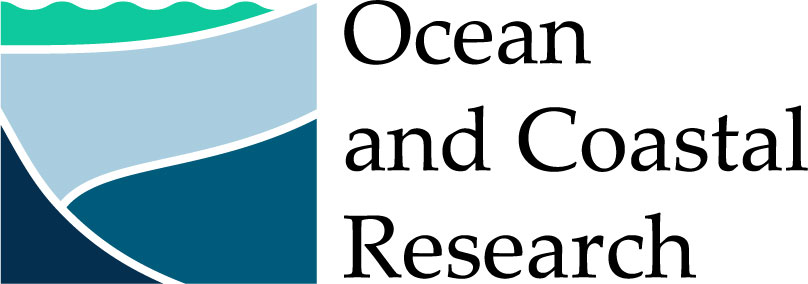
Special Article Collection
Ocean and Coastal Observation and Monitoring
in the Southwestern Atlantic Ocean
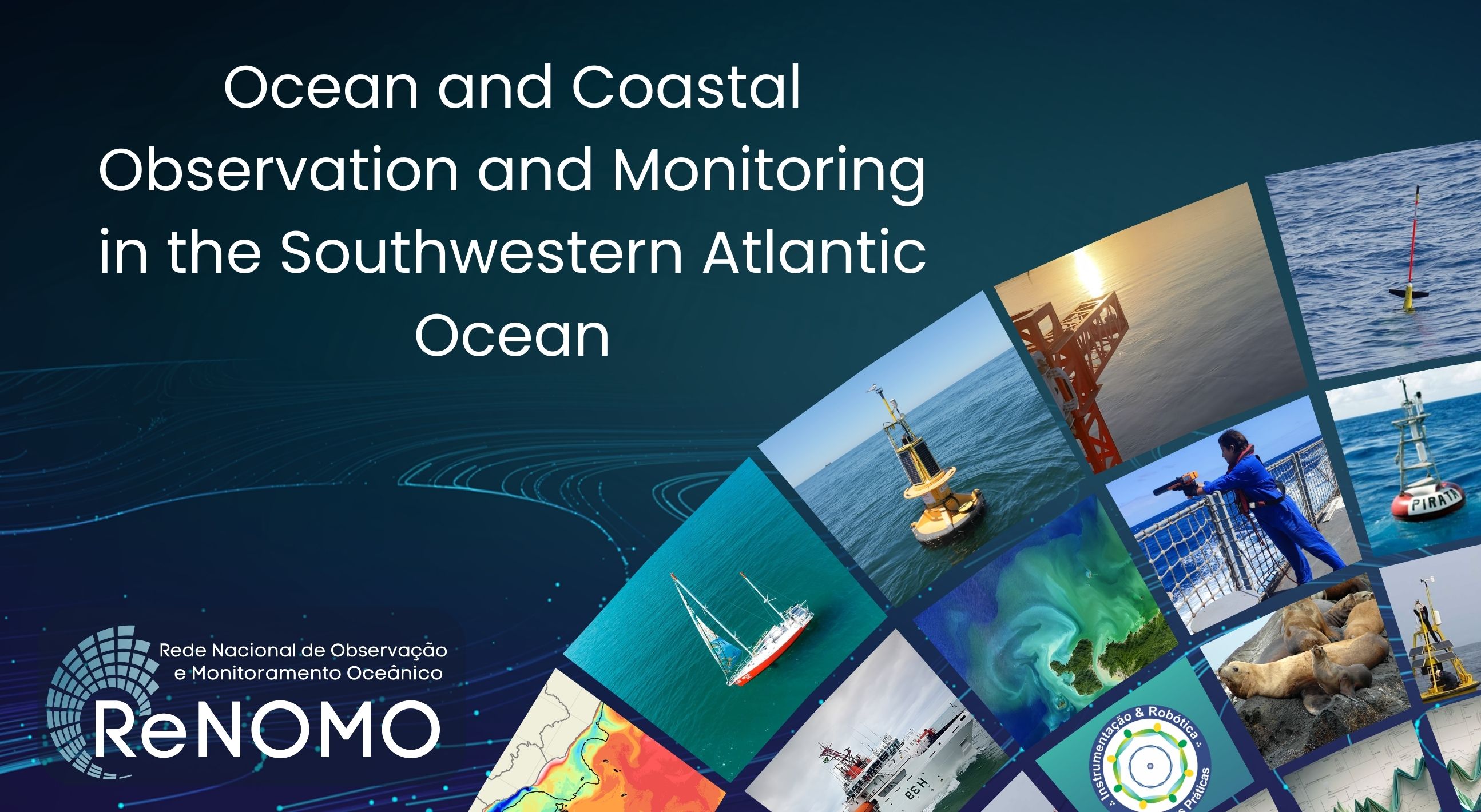
Guest Editors:
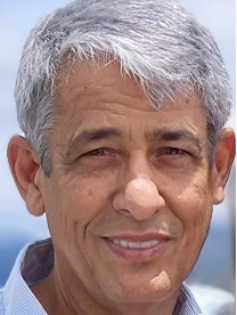 |
 |
|
|
Carlos A. E. Garcia |
Mauro Cirano |
|
| FURG | UFRJ | |
Submit your contribution via ScholarOne Portal
We are creating a special volume on Ocean and Coastal Observation and Monitoring in the Southwestern Atlantic Ocean to address the unique and pressing challenges faced by this unique region. The Southwestern Atlantic Ocean, including its coastal and nearshore zones, plays a vital role in global ocean circulation, climate regulation, and biodiversity. However, these areas are poorly observed and monitored and increasingly vulnerable to the impacts of climate change, pollution, and anthropogenic pressures, which are accelerating the degradation of ecosystems and threatening both environmental and socio-economic stability. By focusing on this specific region, we aim to highlight the advances in ocean and coastal observation technologies and strategies that are essential for improving the understanding of the Southwestern Atlantic Ocean. This special volume intends to show innovative research, methodologies, and technologies, including advances in autonomous platforms and in-situ sensors, which are helping to build a more integrated, real-time monitoring system.
We encourage submissions that apply innovative methodologies and new approaches to interpreting the data from existing observation and monitoring networks. This includes studies on a wide range of topics, such as hydrodynamics, sediment transport, coastal biogeochemistry, marine biodiversity, and the impacts of climate change on coastal environment. Articles that explore how the data is used to address key challenges like extreme weather events, harmful algae, marine heat waves, and other issues associated with climate changes, marine pollution, and the conservation of marine resources will be especially valued.
This special issue aims to highlight the importance of continuous data collection, showing how integrated, real-time monitoring systems can advance scientific understanding and improve decision-making. By featuring research that uses data from these observational and monitoring programs or networks, we aim to demonstrate their critical role in supporting sustainable ocean and coastal management in the Southwestern Atlantic.
This special issue is open for submissions until November 30th, 2025
To submit your contribution, please access the ScholarOne Portal and select the special collection during the manuscript submission process.
When submitting your manuscript to a Special Article Collection, please indicate on the cover letter to what special article collection we must allocate your contribution.


